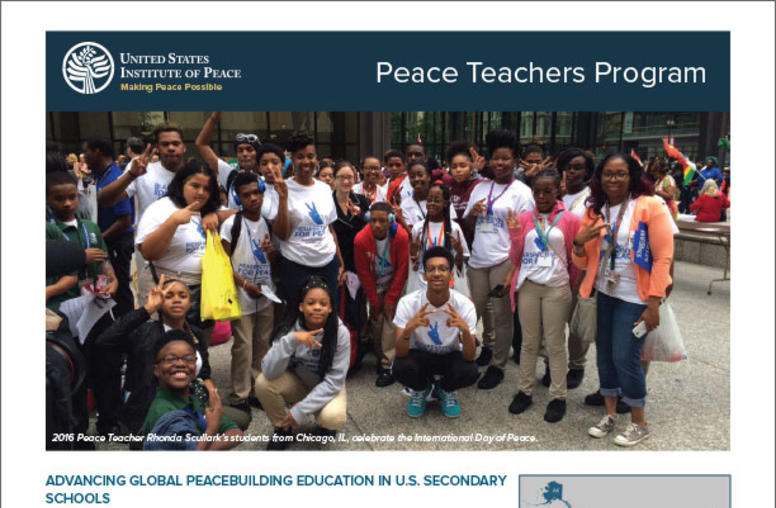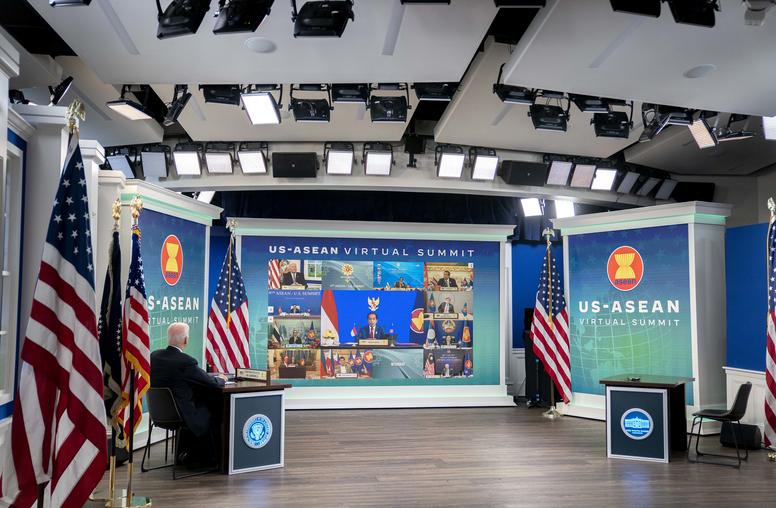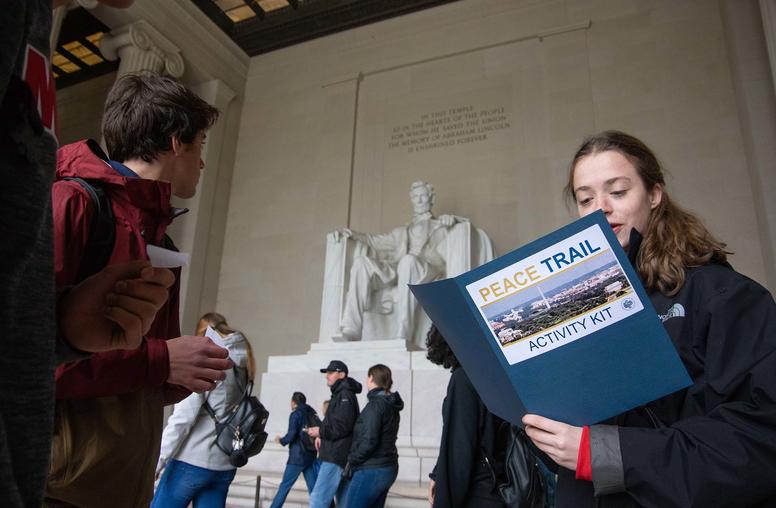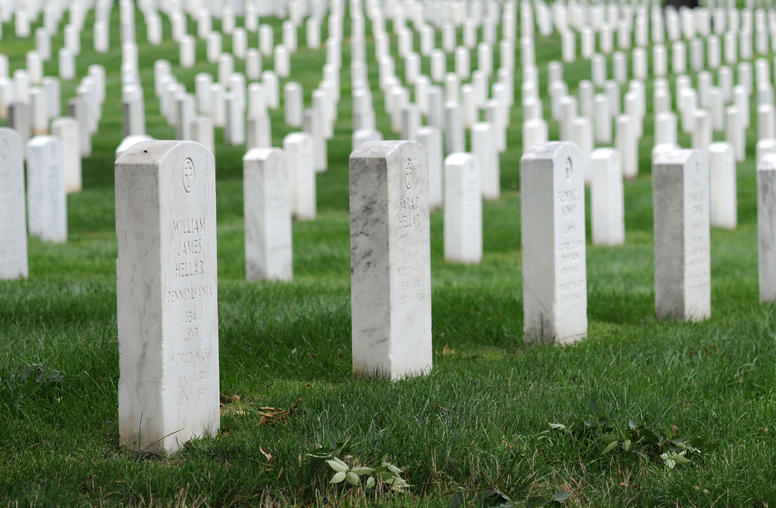Map from Conflict to Peace: A Discussion on the Army’s New Doctrine for Stability Operations and the Implications for Foreign Po
A public event co-sponsored with The International Security Program of the Center for Strategic and International Studies (CSIS) and The US Army Combined Arms Center (CAC)
On Tuesday, October 7th the US Army will introduce a significant change to pre-existing doctrine with Field Manual 3-07 Stability Operations. Like the counterinsurgency manual before it, this first piece of major doctrine dedicated exclusively to stabilization and reconstruction again raises the visibility of irregular challenges, underscoring their increased prominence in contemporary national security decisionmaking and planning.
Earlier this year, the Army revised and reissued its capstone doctrine - Field Manual 3-0 Operations, where for the first time stability operations were elevated to a level on par with traditional warfighting. The Army’s new stability operations doctrine goes further calling for a comprehensive approach to stabilization efforts that envisions integration of a variety of stakeholders not traditionally combined as full partners in complex contingencies. It represents a ground breaking effort in doctrine development, as it emerges from a year of detailed collaboration between the Army and an unprecedented community of practice including the wider US military, civilian USG practitioners, think tanks, and a collection of international, non-governmental, and private voluntary organizations.
The release of the new doctrine provokes key policy questions on the use of military forces in the future. Not the least of which are when, where, to what extent, for what purpose, and toward what end will the United States engage in stabilization efforts in the future? Further, to what extent should U.S. land forces optimize for stability operations? This event seeks to begin framing the new Army doctrine for stability operations in this wider policy context.
Speakers
- Lieutenant General William B. Caldwell, USA
Commanding General, United States Army Combined Arms Center and Ft. Leavenworth - Ambassador John Herbst
Coordinator for Reconstruction and Stabilization, United States Department of State - Ambassador Richard H. Solomon
President, United States Institute of Peace - Ambassador James Bishop
Vice President, InterAction - Mr. Michael Hess
Assistant Administrator of the Bureau for Democracy, Conflict and Humanitarian Assistance, United States Agency for International Development - Nathan Freier, Comments
Senior Fellow, International Security Program, CSIS - Rick Barton, Comments
Co-Director, Post-Conflict Reconstruction Project, CSIS



